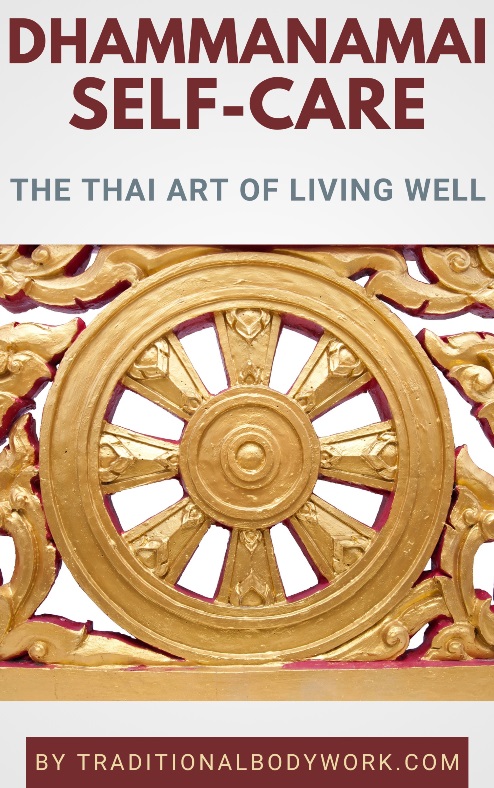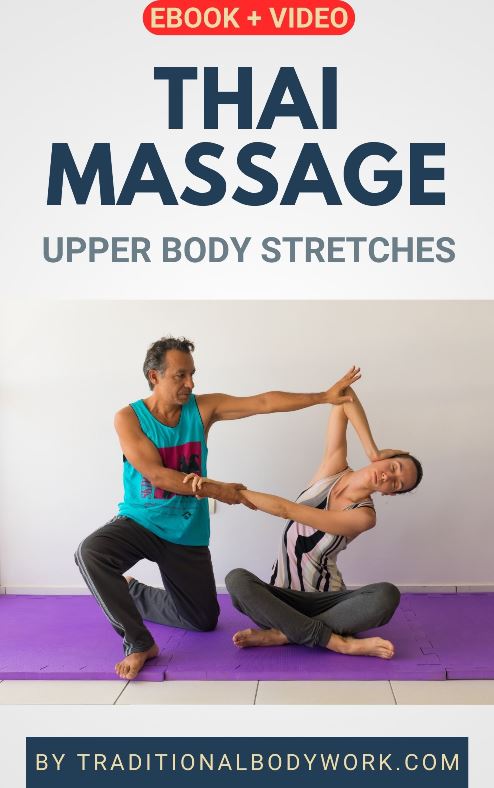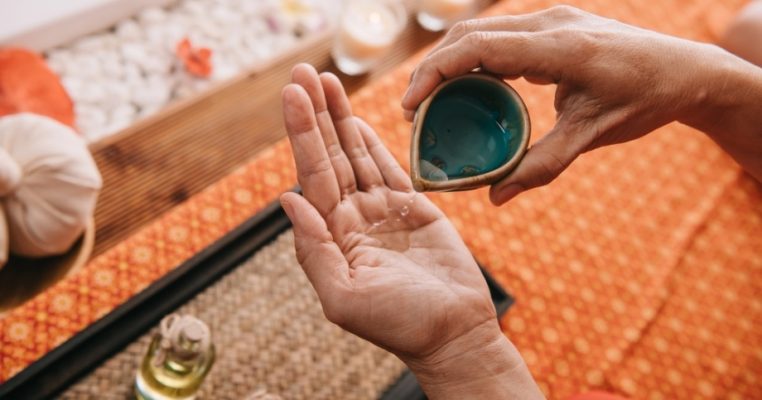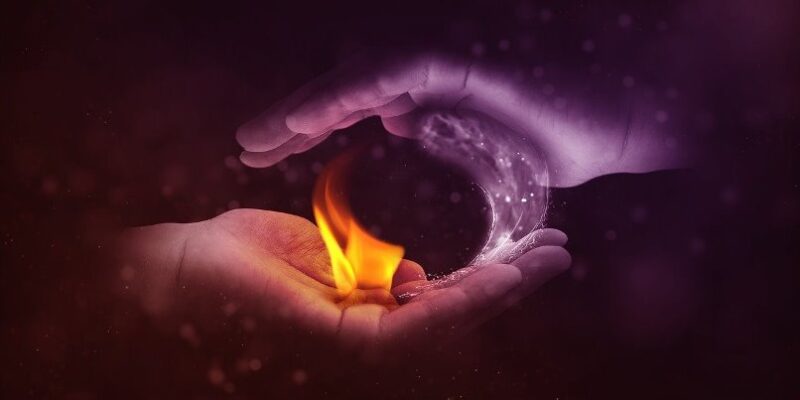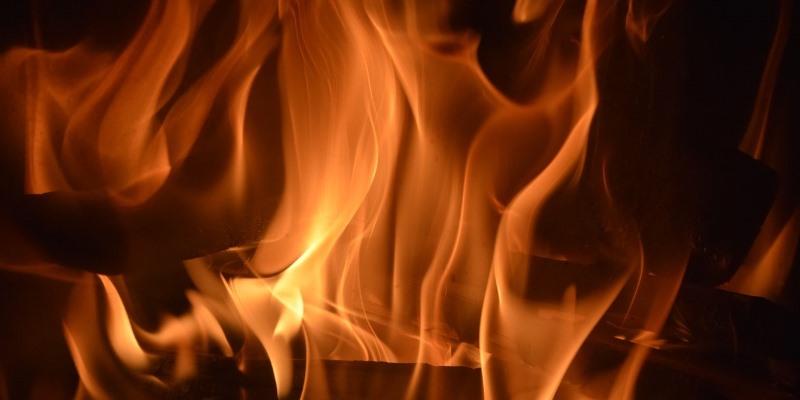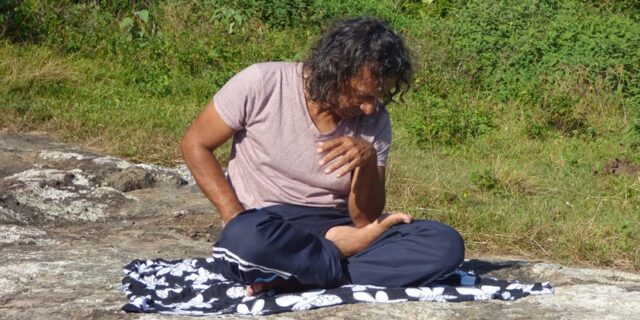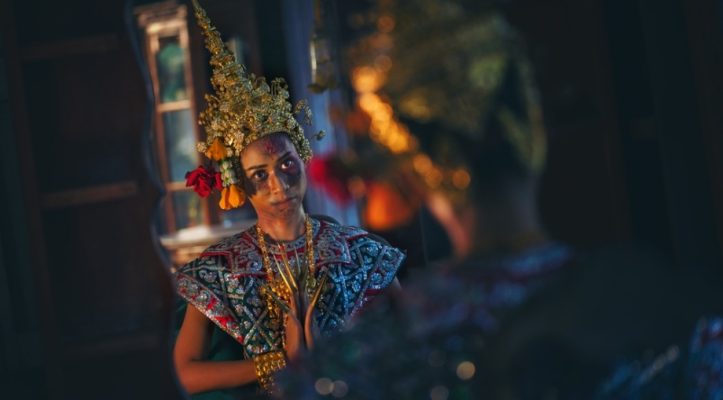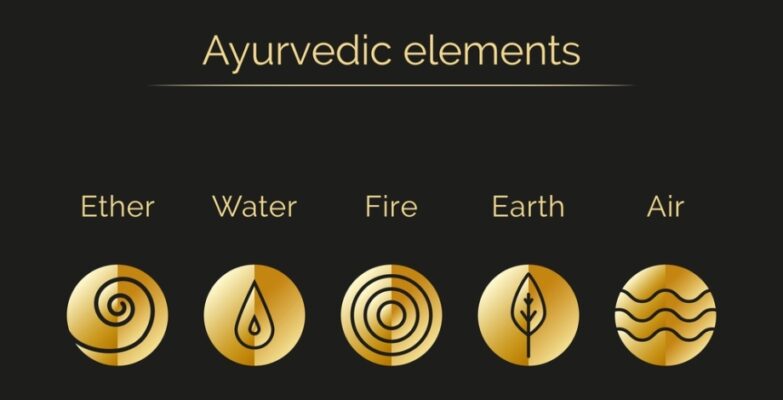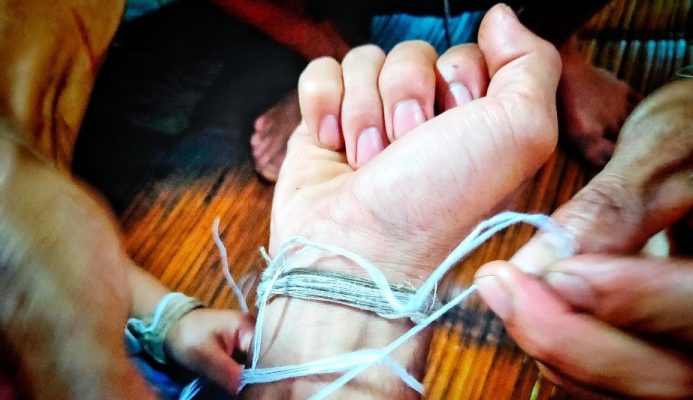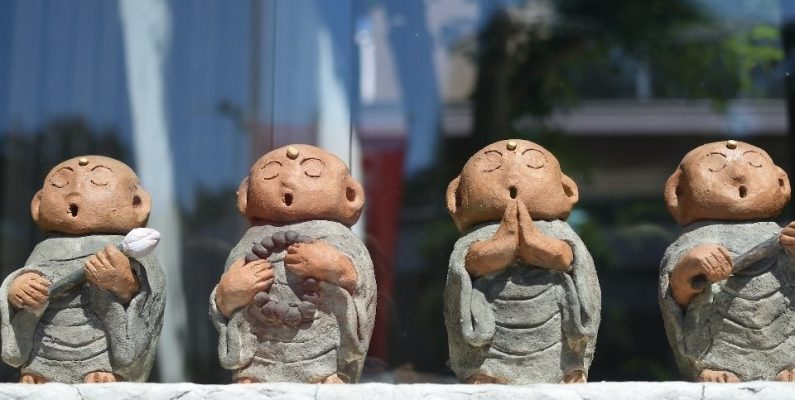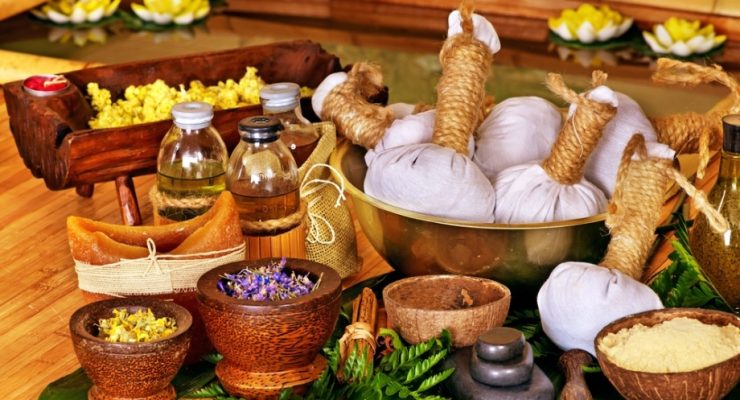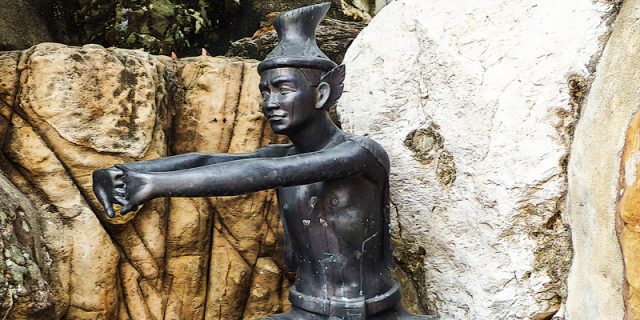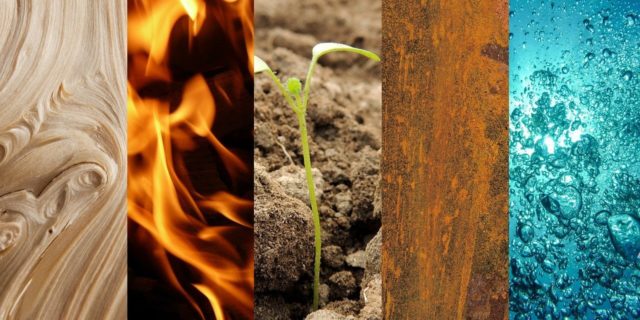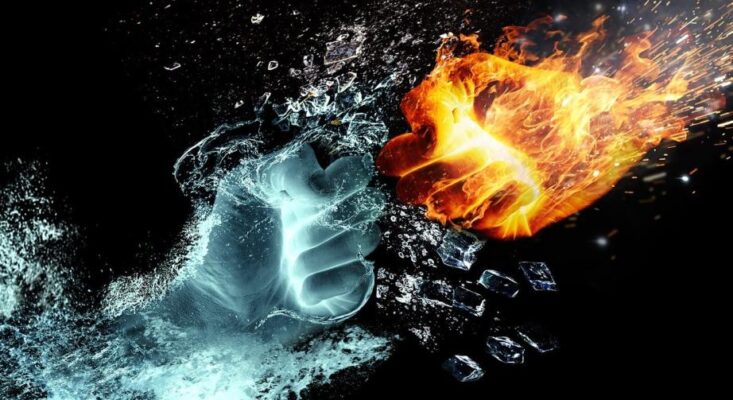
In Asia, the balance between “hot” and “cold” is an important theme. It affects multiple behavioral patterns, such as the activities done or not done in the postpartum period, or in a particular season of the year, or at a certain age, and so on.

Research shows that theories around hot and cold can be traced back to ancient medical systems, including those from the Chinese, Indian, and Greek. Although descriptions differ — such as Yin–Yang in Traditional Chinese Medicine and the Three Doshas in Ayurveda — all underline that keeping a balance of contrasting forces is important to maintain or promote health.
Hot-cold theories can influence day-to-day life, or the way important life transitions (so-called rites of passage) are approached, such as the pregnancy and postpartum periods.
For instance, in many Asian countries blood is considered a “hot” element, and subsequently when giving birth and loosing blood, the process is described as “cold” and “wet.” Thus, traditionally, to counteract this “cold process” the practice of “regaining heat” and “drying” are deemed of vital importance.
In Thailand, we see that the concept of “regaining heat” is especially significant in the Yu Fai postpartum practices in the Yu Duan confinement period following childbirth (the Yu Duan takes thirty days).
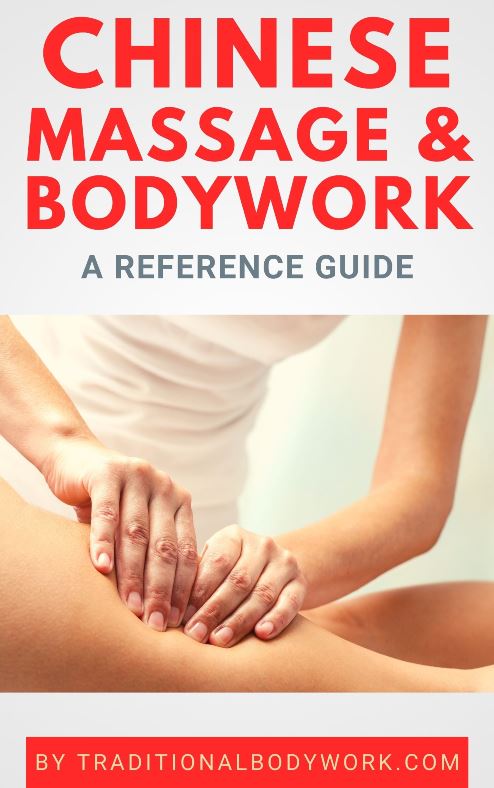
Yu Fai practices include “lying by fire” (resting or lying down in a hot environment heated by burning tamarind wood, coals and local herbs), hotbeds, certain dietary restrictions, application of hot herbal compresses, herbal steam and herbal sauna treatments, hot baths, hot drinks, herbal baths, eating “hot foods”, and other activities that prevent “heat loss” such as keeping the body covered, sexual abstinence, and avoiding windy situations. Similar practices are performed in both Laos and Cambodia.
Notice that foods and drinks in Thailand and China may be classified as “hot” or “cold” based on the presumed inherent properties. This means that hot or cold is actually independent of the foods’ temperature, although hot drinks (in temperature) are generally considered beneficial.
Apart from many things new mothers should do or not do, we find the general instruction to stay away from anything that is cold, in order to re-balance the body’s state prior to that of childbirth. It’s therefore thought to be essential to stay warm during the postpartum period, which includes eating “warm” or “hot” foods.
Hot and cold concepts are also particularly important (for everybody) with regard to the seasons of the year. For instance, it means that certain foods and drinks are recommended in the summer and other types of foods and drinks for the winter. In addition, people who have a Dominant Fire Body Element should be cautious with regard to excessive heat in the summer, and those with a Dominant Wind Body Element should be cautious with excessive cold in the winter season.

Age is another factor susceptible to differences in cold and hot. This counts particularly for babies and infants and for elderly people. In Thailand, it’s thought that the Four Body Elements are either not matured (in children) or weakened (in the case of elderly) and that the Body Elements can easily get out of balance due to external factors such as the weather, the season, types of food, or the general fluctuations in the External Four Elements.
Hot and heat as seen in relation to the Fire Element is of great importance because the Fire Element moves the Wind Element, and the Wind Element moves the Water Element which itself goes to or resides in the Earth Element. As such the Four Element circle is closed, meaning that the Four Elements depend on each other and “hot” as opposed to “cold” is a core driving factor in the subsistence of Life as a whole.
One could say that in traditional medicine, “cold” is never to be preferred over “hot,” except as a means to “cooling down” an “overheated” situation.



